Straight-Cut Gears: The Advantages And Disadvantages
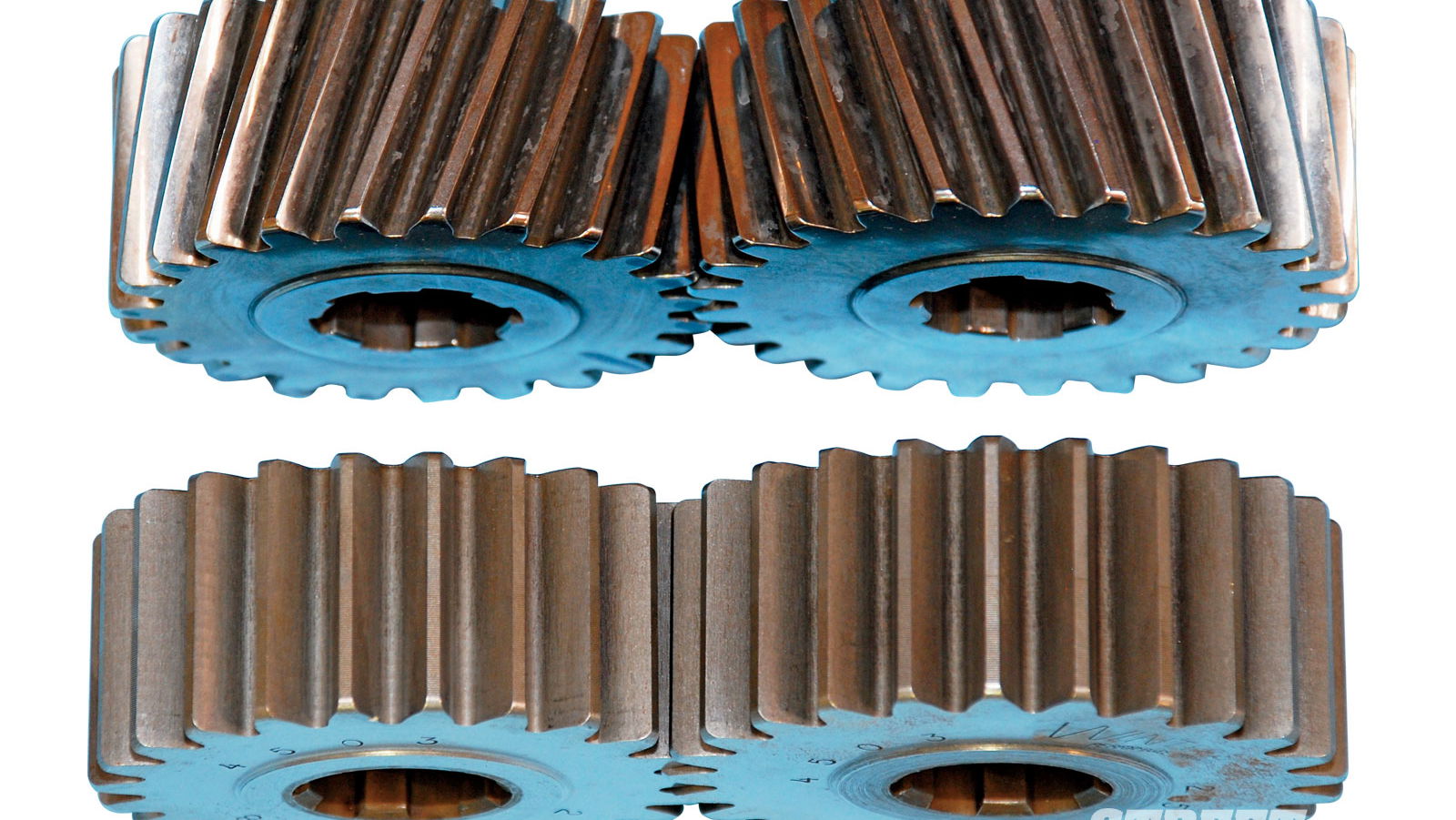
Straight-cut gears are an interesting alternative to the conventional gearboxes you and I will know, often found only in race cars. They’re known for their distinctive scream and being quite tricky to master, and realistically, they're something most of us will never have the pleasure of trying out. What exactly are they, though, and why are they so common in motorsport?
What are straight-cut gears?
As the name suggests, the actual teeth of the gears point straight out from the centre point of the gear instead of forming a helical shape like standard gears in almost every other road car on the planet. Instead of the teeth curling nicely in a spiral format around the centre axis of the gear, they protrude outwards; more like the sprocket on a motorbike.
How do they work?
The main advantage of using straight-cut gears is that they produce no axial load. This ‘thrust force’ is generated by the sliding contact between the teeth of helical gears. This lateral force is applied to the input shaft of the gearbox, which in front-wheel drive configurations will then convert through to the driveshafts. This greatly restricts the amount of torque that can be applied through the gears before failures on other components occur.
So, straight-cut gears effectively allow much larger powertrains to be placed in a vehicle without risking the output shafts and other bearings tearing themselves apart, in theory improving the reliability of the transmission itself.
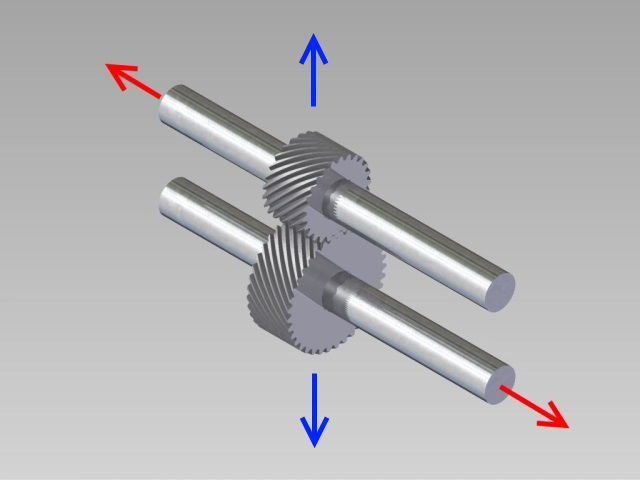
Are there any other advantages and disadvantages?
A straight-cut transmission is inherently more efficient than a helical gearing system. The axial load produced by helical gears only detracts from the output energy from the transmission along with an increase in friction and therefore losses of energy due to heat.
Straight-cut gears are also much easier to assemble and produce less catastrophic failures when they do go wrong due to their simple structure. Heavy-duty transmission casings and shafts have to be used with helical gears for the transmission to cope with the additional axial load, therefore straight-cut gears save heaps of weight which is extremely important in a motorsport setup.
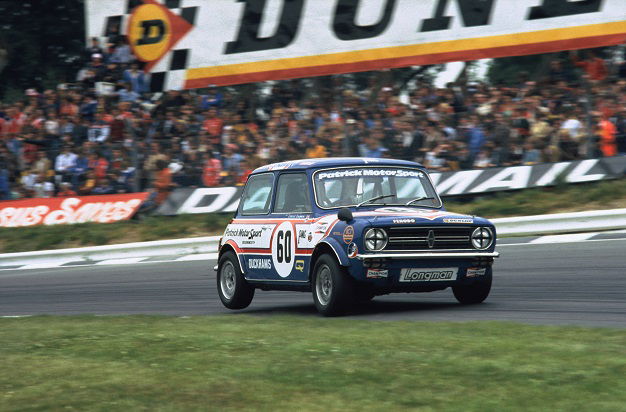
Drawbacks come in the shape of their convenience and operation. They naturally create a hell of a lot of noise; helical gears mesh together in small segments at a time while straight-cut teeth are in contact with each other fully and for a longer period of time which makes for a very distinctive whine. The operation of the gears is also fairly brutal when straight-cut; the gears appear to ‘slam’ into place after each change and can make pulling away smoothly or getting a decent launch difficult.
Technically, on a tooth versus tooth comparison, a helical gear can carry a larger load seeing as it is diagonally positioned on the gear (assuming tooth size is equivalent). This means that it distributes the forces being applied to it much more efficiently compared to a weaker, vertical tooth.
We wouldn’t rush onto eBay to look for a straight-cut gearing conversion for your daily driver, but it’s certainly something to think about if you have a spare track day weapon.
Updated in June 2024 by Ryan Hirons
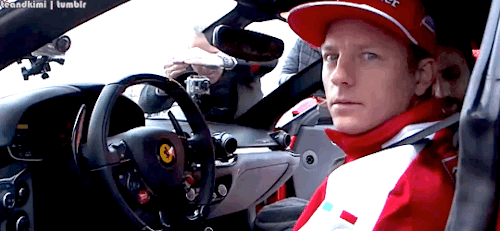
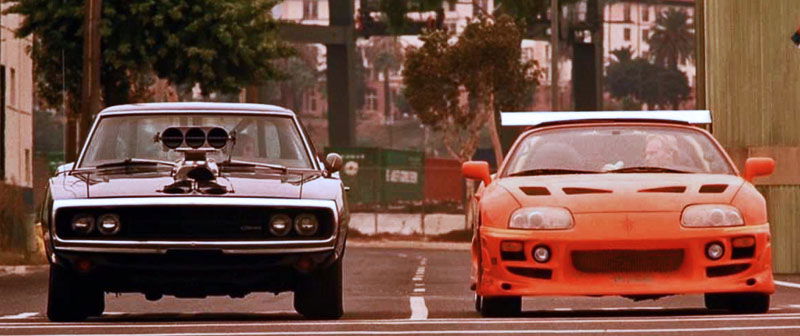
Comments
A major advantage of straight-cut gears in a daily-driven car is that you’re guaranteed to never have nagging passengers, or passengers for that matter.
Video: AI catch up enabled
Reminds me of the m3 gtr from nfs
the reverse gear in a manual gearbox is a straight cut gear right? and it also whine loudly if you move in reverse quickly.
Cue the nostalgic sound of the M3 GTR from NFSMW.
Mia is still the best girlfriend I ever had 😂
Great post! I’d like to thank OP for sharing this kind of info. I like to learn these kind of things about cars. :)
The guy driving that E36 has a name that fits perfectly: Rolf Van Os : )
Heres my straight cut classic mini box.
https://www.instagram.com/p/5Rmhk4xPlC/?taken-by=jackamason
What about chevron gears? Do they cancel out the axial load and are silent?
https://www.youtube.com/watch?v=HC_tTyBGnb8
Pagination